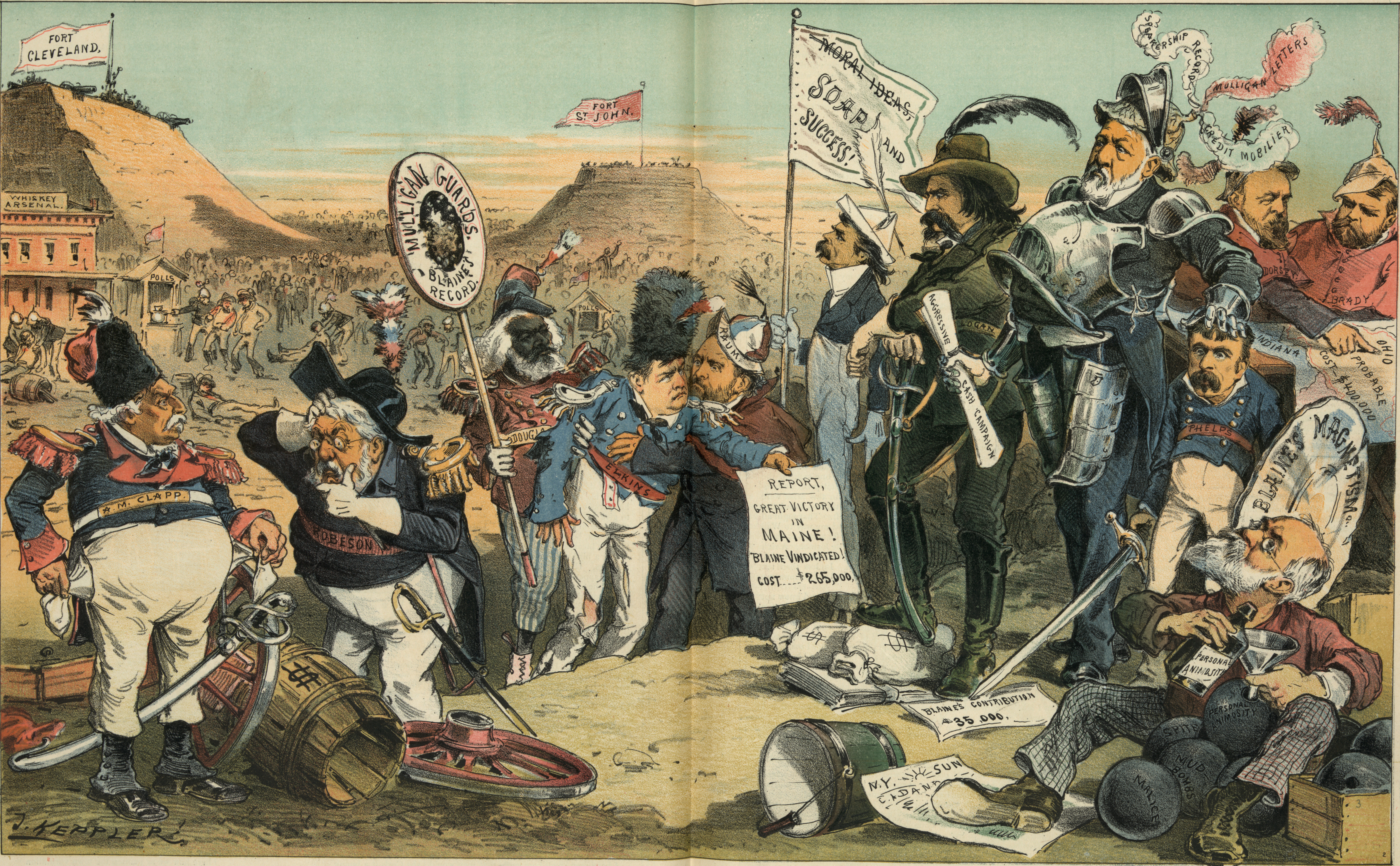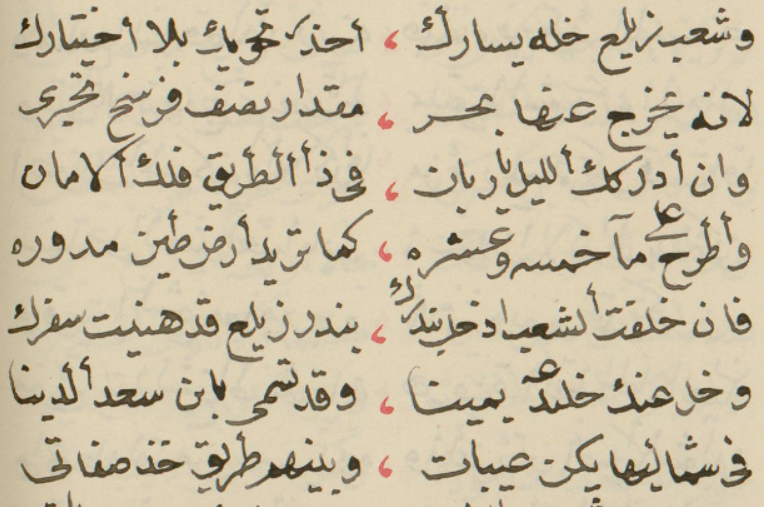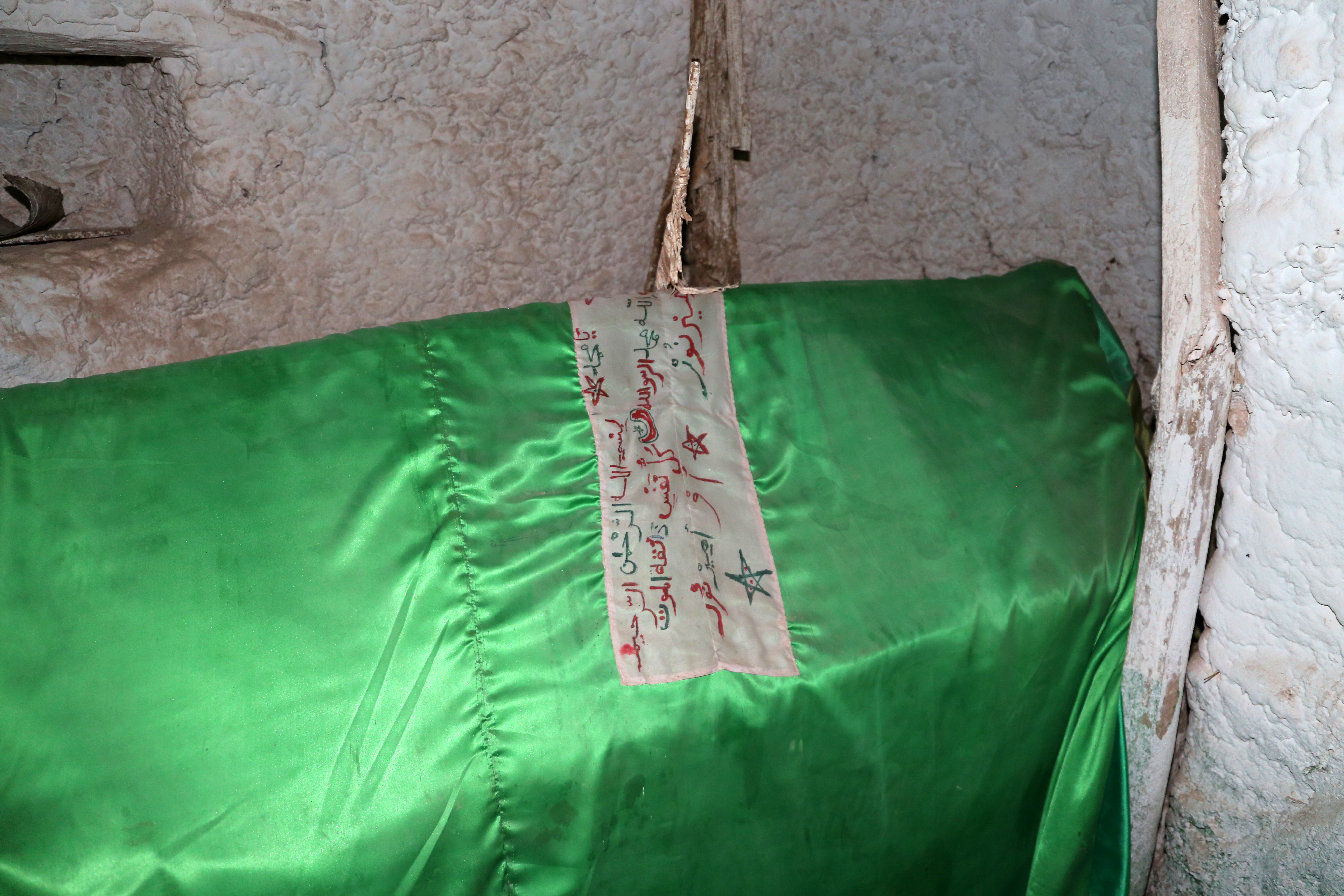|
Battle Of Hazalo
The Battle of Hazalo was fought between the forces of Adal Sultanate led by Nur ibn Mujahid, and Oromo of Gada Michelle. Nur and his troops were returning from a victory at the Battle of Fatagar against the Ethiopian Imperial army, when they were ambushed sustaining heavy casualties. Adal's elite soldiers the Malassay were killed in large number effectively ending the Harari states regional superiority. Nur and a few of his troops however were able to push back the Oromo and return to Harar Harar ( amh, ሐረር; Harari: ሀረር; om, Adare Biyyo; so, Herer; ar, هرر) known historically by the indigenous as Gey (Harari: ጌይ ''Gēy'', ) is a walled city in eastern Ethiopia. It is also known in Arabic as the City of Saint .... References {{battle-stub Adal Sultanate History of Ethiopia ... [...More Info...] [...Related Items...] OR: [Wikipedia] [Google] [Baidu] |
Mount Hazalo
Mount Hazalo, also known as Azalo, or Ayelu is an isolated, rhyolitic stratovolcano in eastern Ethiopia. Located in Afar Region, near the South of the Afdem and Gewane, this mountain has a latitude and longitude of and an altitude of 2145 meters. The district is today inhabited by the Afar people however in the past also by the Warjih and Harari people. The Battle of Hazalo took place between the Adal Sultanate and Oromo of Gada Michelle in the 16th century. The Afar people have a tradition that, they travelled to this mountain where they settled for a number of years. Here they prospered until their wealth led them to hold weddings and feasts during Ramadan; for this Allah is said to have sent a famine and plagues on them. After this, the people moved to the Ifat Sultanate during its earlier period. Wilfred Thesiger describes his ascent of Mount Ayalu in 1933. He notes that this mountain was the object of an annual pilgrimage by members of the Afar people, who ... [...More Info...] [...Related Items...] OR: [Wikipedia] [Google] [Baidu] |
Awash River
The Awash (sometimes spelled Awaash; Oromo: ''Awaash'', Amharic: አዋሽ, Afar: ''We'ayot'', Somali: ''Webiga Dir'') is a major river of Ethiopia. Its course is entirely contained within the boundaries of Ethiopia and empties into a chain of interconnected lakes that begin with Lake Gargori and end with Lake Abbe (or Abhe Bad) on the border with Djibouti, some 100 kilometres (60 or 70 miles) from the head of the Gulf of Tadjoura. It is the principal stream of an endorheic drainage basin covering parts of the Amhara, Oromia and Somali Regions, as well as the southern half of the Afar Region. The Awash Valley (and especially the Middle Awash) is internationally famous for its high density of hominin fossils, offering unparalleled insight into the early evolution of humans. "Lucy", one of the most famous early hominin fossils, was discovered in the lower Awash Valley. For its paleontological and anthropological importance, the lower valley of the Awash was inscribed on the UN ... [...More Info...] [...Related Items...] OR: [Wikipedia] [Google] [Baidu] |
Pyrrhic Victory
A Pyrrhic victory ( ) is a victory that inflicts such a devastating toll on the victor that it is tantamount to defeat. Such a victory negates any true sense of achievement or damages long-term progress. The phrase originates from a quote from Pyrrhus of Epirus, whose triumph against the Romans in the Battle of Asculum in 279 BC destroyed much of his forces, forcing the end of his campaign. Etymology ''Pyrrhic victory'' is named after King Pyrrhus of Epirus, whose army suffered irreplaceable casualties in defeating the Romans at the Battle of Heraclea in 280 BC and the Battle of Asculum in 279 BC, during the Pyrrhic War. After the latter battle, Plutarch relates in a report by Dionysius: In both Epirote victories, the Romans suffered greater casualties but they had a much larger pool of replacements, so the casualties had less impact on the Roman war effort than the losses of King Pyrrhus. The report is often quoted as or Examples War This list comprises examples of b ... [...More Info...] [...Related Items...] OR: [Wikipedia] [Google] [Baidu] |
Oromo People
The Oromo (pron. Oromo language, Oromo: ''Oromoo'') are a Cushitic people, Cushitic ethnic group native to the Oromia region of Ethiopia and parts of Northern Kenya, who speak the Oromo language (also called ''Afaan Oromoo'' or ''Oromiffa''), which is part of the Cushitic languages, Cushitic branch of the Afroasiatic language family. They are the largest List of ethnic groups in Ethiopia, ethnic group in Ethiopia and represent a large portion of Ethiopia's population. The Oromo people traditionally used the ''gadaa'' system as the primary form of governance.Harold G. MarcuA History of Ethiopia University of California Press (1994) pp. 55 Google Books A leader is elected by the ''gadaa'' system and their term lasts eight years, with an election taking place at the end of those eight years. Although most modern Oromos are Muslims and Christians, about 3% practice Waaqeffanna, the native ancient monotheistic religion of Oromos. Origins and nomenclature The Oromo people are one o ... [...More Info...] [...Related Items...] OR: [Wikipedia] [Google] [Baidu] |
Hararghe
Hararghe ( am, ሐረርጌ ''Harärge''; Harari language, Harari: ሀረርጌይ ''Harärgeyi'', Oromo language, Oromo: Harargee, so, Xararge) was a provinces of Ethiopia, province of eastern Ethiopia with its capital in Harar. History Hararghe translates to "land of the Hararis". The region consisted mostly of the territory of the Emirate of Harar annexed by Menelik II in 1887. Including Ethiopia's part of the Ogaden, Haraghe was bounded on west by Shewa, northwest by Wollo Province, northeast by French Somaliland and Somaliland, and on the east by Somalia. Originally however Hararghe included the Sidamo Province, Sidamo, Bale Province, Ethiopia, Bale and Arsi Province until Haile Selassie split the provinces. Hararghe was the historical homeland of the Harla people. Hararghe was altered as a result of Proclamation 1943/1, which created twelve ''taklai ghizat''s from the existing 42 provinces of varying sizes. A comparison of the two maps in Margary Perham, ''The Government o ... [...More Info...] [...Related Items...] OR: [Wikipedia] [Google] [Baidu] |
Adal Sultanate
The Adal Sultanate, or the Adal Empire or the ʿAdal or the Bar Saʿad dīn (alt. spelling ''Adel Sultanate, ''Adal ''Sultanate'') () was a medieval Sunni Muslim Empire which was located in the Horn of Africa. It was founded by Sabr ad-Din II after the fall of the Sultanate of Ifat. The kingdom flourished circa 1415 to 1577.. The sultanate and state were established by the local inhabitants of Zeila. or the Harar plateau. At its height, the polity under Sultan Badlay controlled the territory stretching from Somaliland to the port city of Suakin in Sudan. The Adal Empire maintained a robust commercial and political relationship with the Ottoman Empire. Etymology Adal is believed to be an abbreviation of Havilah. Eidal or Aw Abdal, was the Emir of Harar in the eleventh century. In the thirteenth century, the Arab writer al-Dimashqi refers to the Adal Sultanate's capital, Zeila, by its Somali name "Awdal" ( so, "Awdal"). The modern Awdal region of Somaliland, which was p ... [...More Info...] [...Related Items...] OR: [Wikipedia] [Google] [Baidu] |
Nur Ibn Mujahid
Nur ibn Mujahid ibn ‘Ali ibn ‘Abdullah al Dhuhi Suha ( Harari: ኑር ኢብን ሙጃሂድ, so, Nuur ibn Mujaahid, ar, نور بن مجاهد; died 1567) was a Muslim Emir of Harar who ruled Sultanate of Harar. He was the primary reason for the construction of the five-gated wall that surrounds the city of Harar. He was known for marrying his uncle's widow, Bati del Wambara, and he also succeeded Imam Ahmad as leader of the Muslim forces fighting Christian Ethiopia. Biography Emir Nur was considered a saint from Harar, Mujahid was called the ''Sahib al-Fath al-Thani'', or "Master of the Second Conquest". When Imam Ahmad, who had led the Muslim conquest of the Ethiopian Highlands, was killed in 1543, the Muslim forces fell back in confusion to Harar. Nur, the dead leader’s sister’s son, married Ahmad ibn Ibrahim al-Ghazi's widow, Bati del Wambara, and undertook to renew the fortunes of the Muslim city, which had been sacked in 1550. Promoted to Emir around 1550-51, he s ... [...More Info...] [...Related Items...] OR: [Wikipedia] [Google] [Baidu] |
Battle Of Fatagar
The Battle of Fatagar (alternatively known as Nech Sar) was a reprisal war between the participants of the previous Adal Sultanate and Ethiopian Empire in the Ethiopian-Adal war. It was fought between the forces of the Sultanate of Harar led by Nur ibn Mujahid, and the Ethiopian Empire under Emperor Gelawdewos. The Ethiopian Emperor was killed by Adal forces in this battle. Battle In 1559, Nur invaded Fatagar to confront Gelawdewos with the Malassay comprising eighteen hundred horsemen, five hundred riflemen, numerous sword and bow-wielding troops. The Abyssinian forces were greatly outnumbered as Gelawdewos had sent an army to lay siege to Harar. However, the explorer Richard Francis Burton tells a slightly different account, adding that Gelawdewos had been supervising the restoration of Debre Werq when he received a message from Emir Nur challenging him to combat. When the Emperor met the Emir, a priest warned that the angel Gabriel had told him Gelawdewos would needlessly risk ... [...More Info...] [...Related Items...] OR: [Wikipedia] [Google] [Baidu] |
Malassay
A Malassay ( Harari: መለሳይ ''Mäläsay'') was a member of the elite infantry units that formed the Adal Sultanate's household troops. According to Manfred Kropp, Malassay were the Harari armed forces. Etymology Malassay appears to refer to a military rank or warrior in Afar and Harari languages. According to Dr. Duri Mohammed and others, Malassay in ancient times attributed to Harari serviceman however in the present day it refers to a brotherhood or member of a fraternity. According to Harari scholar Abdurrahman Qorram, Malassay derives from the root Harari term ''mälä'' meaning to provide solutions. History Early Ge'ez and Portuguese texts indicate Muslim soldiers were known as the Malassay. In the thirteenth century the Malassay appear to back the Amhara rebel Yekuno Amlak in his conflict with the Zagwe dynasty. Historians have identified the Gafat regiments of the Malassay played a key role in founding the Christian Solomonic dynasty. Ahmad ibn Ibrahim al-Ghaz ... [...More Info...] [...Related Items...] OR: [Wikipedia] [Google] [Baidu] |
Harari People
The Harari people ( Harari: Gēy Usuach, "People of the City") are Semitic-speaking ethnic group inhabiting the Horn of Africa. Members traditionally reside in the walled city of Harar, called simply ''Gēy'' "the City" in Harari, situated in the Harari Region of eastern Ethiopia. They speak the Harari language, a member of the South Ethiopic grouping within the Semitic subfamily of the Afroasiatic languages. History The Harla people, an extinct Afroasiatic-speaking people native to Hararghe, are considered by most scholars to be the precursors to the Harari people. The ancestors of the Hararis moved across the Bab-el-Mandeb, settling in the shores of Somaliland and later expanding into the interior producing a Semitic-speaking population among Cushitic and non-Afroasiatic-speaking peoples in what would become Harar. Sheikh Abadir, the legendary patriarch of the Harari, is said to have arrived in the Harar plateau in the early thirteenth century, where he was met by the Ha ... [...More Info...] [...Related Items...] OR: [Wikipedia] [Google] [Baidu] |
Harar
Harar ( amh, ሐረር; Harari: ሀረር; om, Adare Biyyo; so, Herer; ar, هرر) known historically by the indigenous as Gey (Harari: ጌይ ''Gēy'', ) is a walled city in eastern Ethiopia. It is also known in Arabic as the City of Saints ( ar, مدينة الأَوْلِيَاء). Harar is the capital city of the Harari Region. The ancient city is located on a hilltop in the eastern part of the country and is about five hundred kilometers from the Ethiopian capital Addis Ababa at an elevation of . For centuries, Harar has been a major commercial center, linked by the trade routes with the rest of Ethiopia, the entire Horn of Africa, the Arabian Peninsula, Asia, and through its ports, the outside world. Harar Jugol, the old walled city, was listed as a World Heritage Site in 2006 by UNESCO in recognition of its cultural heritage. Because of Harar's long history of involvement during times of trade in the Arabian Peninsula, the Government of Ethiopia has made it a crimina ... [...More Info...] [...Related Items...] OR: [Wikipedia] [Google] [Baidu] |







